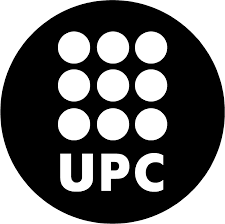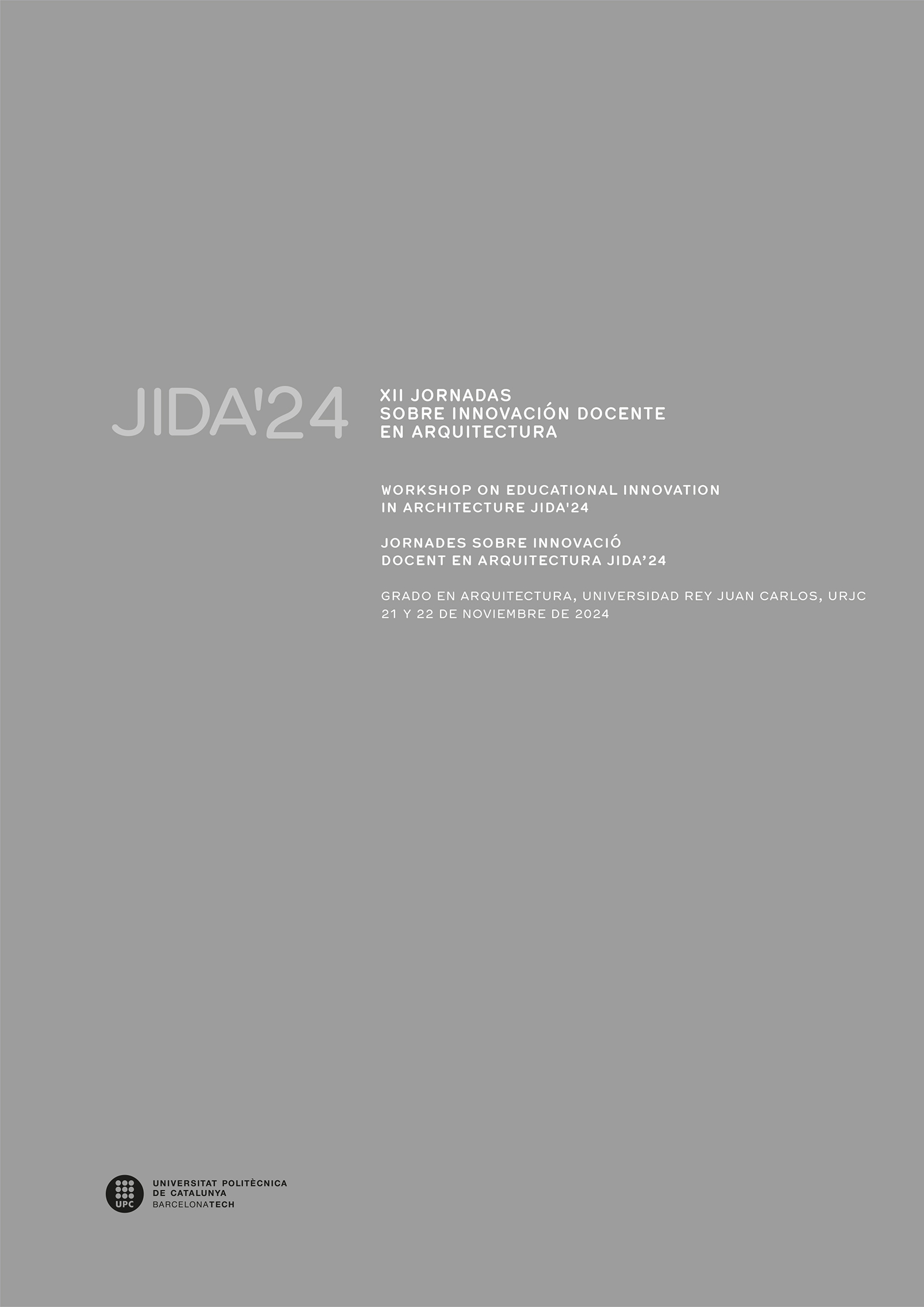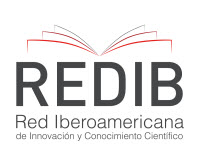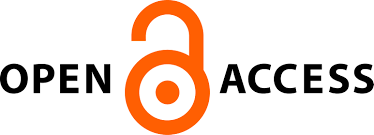Touching architecture: experience and analog drawing as a design tool in architecture
DOI:
https://doi.org/10.5821/jida.2024.13323Keywords:
first course, architectural design, analog drawing, thinking process, architectural learningAbstract
The research The State of the Question in Architecture Education explores two central issues. The first concerns the experience as a tool for learning how to design, with an emphasis on analog drawing, particularly in the first course of future architects' training. The second focuses on students' perceptions of this tool as the central element of the proposed methodology. During the literature review, as well as in the implementation of the Proyectos 1 course “Loadbearing wall domestic architecture” taught by the authors, the impact of hand drawing and model-making is analyzed as ideal instruments for the thinking process process. Conversations with students delve into their experience and perception of these pedagogical tools. The question of the relationship between the student's perception and the teacher's intent is the main inquiry that motivates this text.
References
Cortés Vázquez de Parga, J.A., y Moneo Vallés, J.R. 2021. Comentarios sobre dibujos de 20 arquitectos actuales.
Ching, F.D. 2023. Architecture: Form, space, and order. John Wiley & Sons.
Estrada Gil, A.M., López Chalarca, D.A., Suarez Velásquez, A.M., y Uribe Lemarie, N. 2023, November. Fundamentación en arquitectura: el estado de la cuestión. In Jornadas sobre Innovación Docente en Arquitectura (Vol. 1, No. 11).
Gimeno, Q.G., Torres, J.T., y Murgadas, C.M. 2024. Dibujar, conocer, pensar, crear. Crónica de una experiencia docente. En: Hermida González, L., Xavier, J.P., Pernas Alonso, I., Losada Pérez, C. (eds) Horizontes Gráficos. EGA 2024. Springer Series in Design and Innovation , vol 44. Springer, Cham. https://doi.org/10.1007/978-3-031-57579-2_21
Grau, J.F.R. 2010. Identificación de los procesos gráficos del “dibujar” y del “proyectar” arquitectónico, como “procesos metodológicos de investigación científica arquitectónica”. EGA Expresión Gráfica Arquitectónica, (15), 102-111.
Massami , L. 2024. A importância do desenho à mão livre (analógico) frente às novas tecnologias digitais. XX Congreso Internacional EGA. A Coruña-Porto. 2024. Hermida González, L., y Xavier, J.P.
Muniesa, A.V. 2014. Juhani Pallasmaa. La mano que piensa. La sabiduría existencial en la arquitectura. Barcelona: Gustavo Gili, 2012, 173 págs. Idioma: castellano. ZARCH: Journal of interdisciplinary studies in Architecture and Urbanism, (2), 209.
Piñón, H. 2000. Miradas intensivas (Vol. 5). Univ. Politèc. de Catalunya.
Quetglas, J., y de Araújo, M.L.T. 2004. Artículos de ocasión. Editorial Gustavo Gili.
Salgado de la Rosa, M.A., Raposo Grau, J.F., y Butragueño Díaz-Guerra, B. 2020. Secuencias gráficas y procesos reflexivos. Cuatro cuadernos de arquitectos= Graphic sequences and reflective processes. Four architects’ sketchbooks. EGA. Revista de expresión gráfica arquitectónica, 25(39), 46-59.
Semper, G. 1851. Die vier Elemente der Baukunst: ein Beitrag zur vergleichenden Baukunde. F. Vieweg.
Sennett, R. 2009. El artesano (Barcelona: Anagrama, Revista OBETS, 7(2), 337–341. https://doi.org/10.14198/OBETS2012.7.2.08
Torres Tur, E. 2013. Proyecto docente: ETSAB 1996.






















